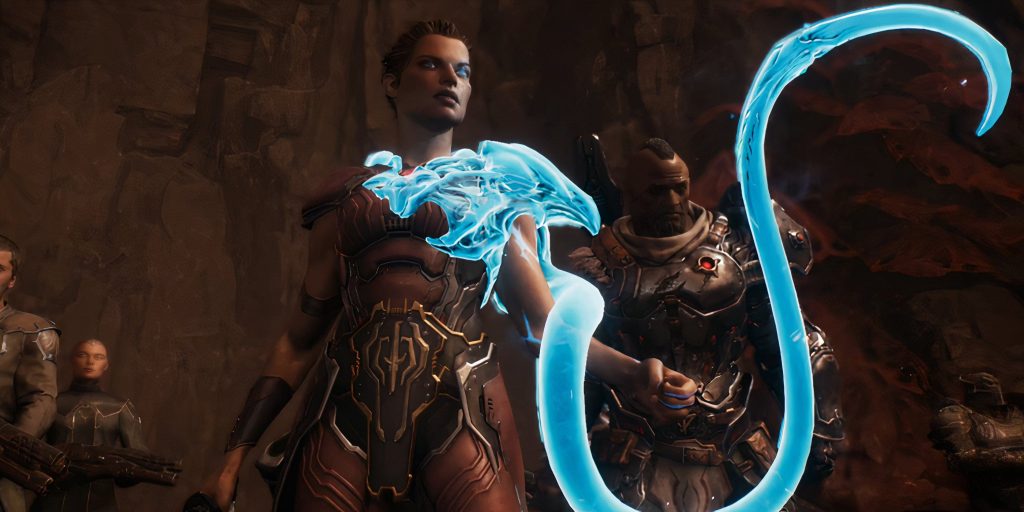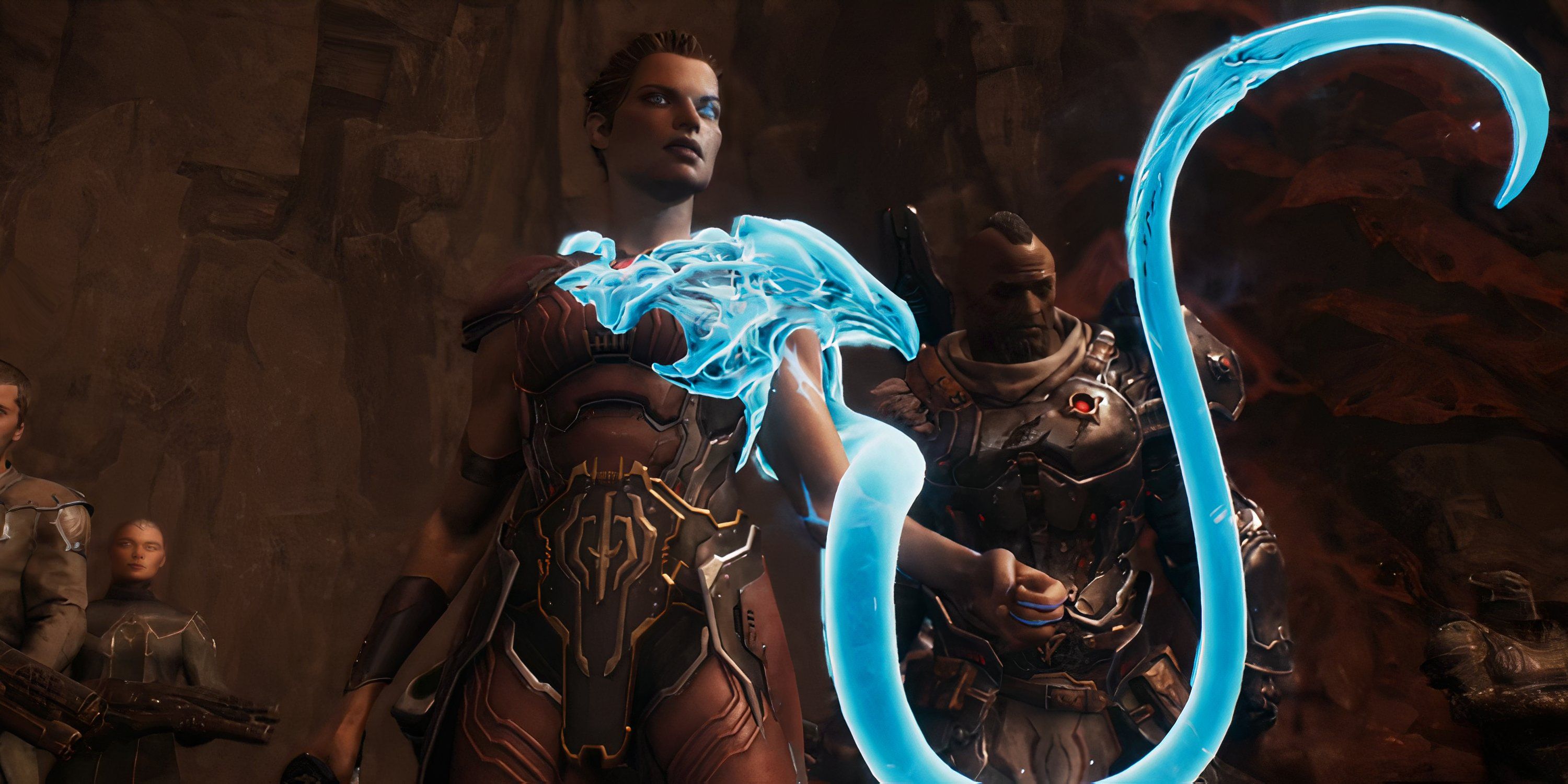
The Chronological Order of DOOM Games: From 1993 to the Dark Ages

**The Chronological Order of DOOM Games: From 1993 to the Dark Ages**
The DOOM franchise stands as a central pillar in the world of first-person shooters (FPS), celebrated for its fast-paced gameplay, revolutionary graphics, and haunting atmospheres. Since its debut, DOOM has transcended mere gaming to become a cultural icon. Here we explore the chronological order of the DOOM games, tracing the series from its inception in 1993 to the modern reinterpretations.
1. **DOOM (1993)**
Released by id Software, the original DOOM is often credited with establishing the FPS genre. Set on Mars’ moons, players control an unnamed Space Marine battling demons from Hell. The game was innovative for its time, featuring 3D graphics, networked multiplayer gameplay, and support for custom modifications.
2. **DOOM II: Hell on Earth (1994)**
A direct sequel to the original, DOOM II expanded on its predecessor by introducing new levels, enemies, and the super shotgun. The game continues the battle against demonic forces, this time taking place on Earth.
3. **Final DOOM (1996)**
Crafted with two standalone episodes, “The Plutonia Experiment” and “TNT: Evilution,” this iteration provided 64 new levels by third-party developers. Though not developed by the original creators, it maintained the classic DOOM formula.
4. **DOOM 64 (1997)**
Released exclusively for the Nintendo 64, DOOM 64 offers a unique storyline set as a sequel to DOOM II. Known for its updated graphics and a darker, more atmospheric tone, it later became an important link in the franchise, reaffirmed through its 2020 re-release.
5. **DOOM 3 (2004)**
Marking a significant shift, DOOM 3 served as a reboot with a focus on horror and storytelling. Using id Tech 4, it introduced a more immersive, narrative-driven experience set in a scientifically advanced Mars base overrun by demonic creatures.
6. **DOOM (2016)**
After years of development, this reboot reinvigorated the series by blending classic DOOM elements with modern graphics and mechanics. Praised for its return to fast-paced action and exploration, DOOM (2016) reintroduced the franchise to a new generation.
7. **DOOM Eternal (2020)**
Serving as a direct sequel to DOOM (2016), DOOM Eternal expanded the lore with deeper storytelling and refined mechanics. It featured diverse environments, new movement options, and further detailed the Doom Slayer’s ongoing battle against Hell.
8. **Ancient Gods (2020 – 2021)**
These two-part expansions to DOOM Eternal, titled “The Ancient Gods Part One” and “Part Two,” continued the narrative, culminating in an epic showdown with the Dark Lord. They were praised for their difficulty and intense gameplay.
The DOOM series, with its rich history of innovation and reinvention, continues to influence the FPS genre profoundly. The evolution from the pixelated corridors of the original DOOM to the expansive environments of DOOM Eternal showcases the series’ enduring appeal and adaptability. As the franchise moves forward, fans continue to anticipate new horizons for this legendary saga.